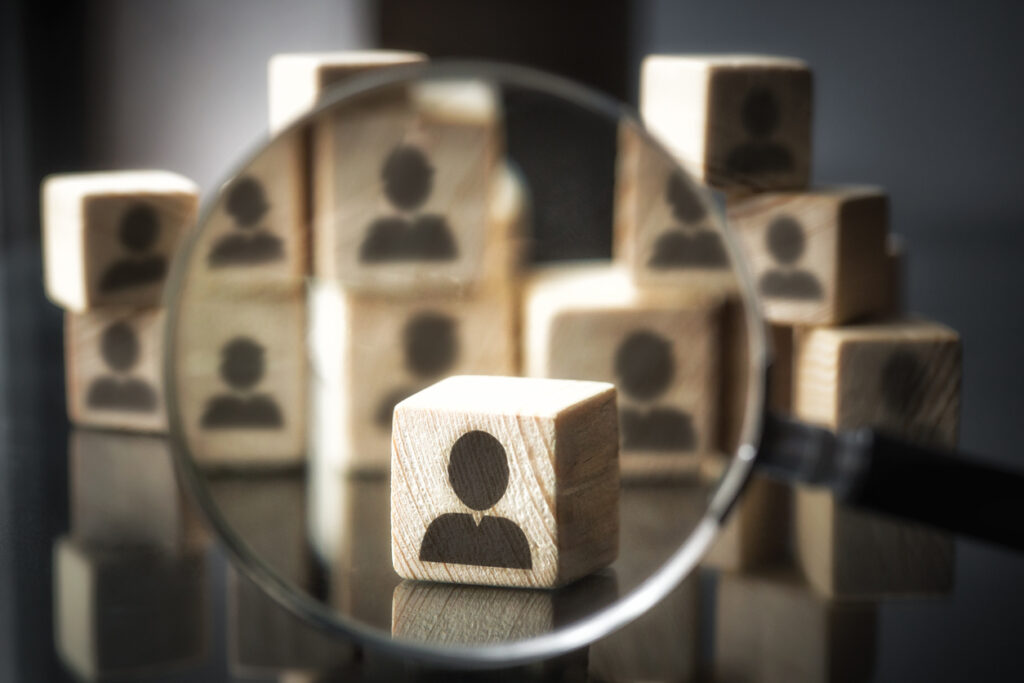In the first instalment of our transatlantic writing collaboration, we discussed how to prevent employee burnout and in doing so referenced Young Poet Laureate Amanda Gorman, who became a household name with her first breath – of fresh air – spoken at President Joe Biden’s inauguration. She made an impact. In doing so, Ms Gorman’s ascendancy and influence aptly leads us on to the topic of conversation for our second feature.
“A powerful effect that something, especially something new, has on a situation or person” is the definition of ‘impact’ outlined in the Cambridge English Dictionary. When working with, or within organisations, we all arguably try to create impact: as individuals, as teams, as leaders and as consultants.
When your employees are happy and out-performing, it’s because they are finding purpose, connection and meaning in their work. This is a measurable impact.
Having recently adapted my role to become PTHR’s ‘Chief Impact & Culture Officer’, symbolising our commitment to demonstrate and learn from impact, I am delighted to explore HR’s organisational impact here.
Our teams at livingHR and PTHR are immensely interested in the impact the HR function can have within an organisation. It’s a topic that is justifiably of keen interest at the moment following several studies showcasing the strategic value HR has. The People Profession 2030 report by CIPD, is a detailed read on the matter, for example.
When helping our clients change the way they work, upon project inception there is always a sense of what is expected versus what is achievable. We need to understand the impact our clients seek. What is their current reality? What possible outcomes are there above and beyond this reality? How does the project relate to their emergent strategy?
How do we evaluate impact?
To her book ‘The Economist Guide to Organisation Design‘ Naomi Stanford says: “High levels of certainty may be desired, but because organisations are in a constant state of flux and not in laboratory controlled conditions, most quantitative organisational measures are no more than ‘dipsticks’ at a point in time”.
The days of KPIs being based purely on economically derived objectives have changed. Of course, metrics aligned to employee retention, training per head, job application and acceptance rates are still valid, however the ‘softer’, intangible impact of HR transformation projects must now also be considered.
Measuring the impact of a project within the HR function is paramount, especially when the broader cultural impact is being discussed. At PTHR, we turn to Colin Mayer’s, ‘Value Creation Theory’ whereby it is proposed that societal impacts are increasingly important to the current version of organisations. These emergent “mindful intangible corporations” are those that look beyond the balance sheet and shareholder return, with this mindset often driven by HR.
Mayer’s theory offers a more holistic view of impact on your organisation’s ecological, human, intellectual, material, social and financial values.
To truly embrace this mindset, one must hold the employee – the human – at the center of the impact. Your employees are not only the ones who feel the impact the most and become more or less engaged because of it, but they’re also the ones who drive the impact on business and financial outcomes.
Looking at impact through a human lens
Impact is a cyclical concept, which is why the topic of humanising your workplace is essential to this discussion. It includes considerations on an individual level, such as what matters most to people, what makes them feel like they belong, their inclusion and equity, as well as wellbeing and opportunity.
When your employees are happy and out-performing, it’s because they are finding purpose, connection and meaning in their work. This is a measurable impact. We cannot shy away from the reality that the impact created may not necessarily always be positive, but it can most certainly act as a human-centered canary within your organisation.
Where desired impact is lacking or even altered, we must look inwards and study the effects harder. Assessing real sentiment of the organisation can add value here. There are some intelligent tools out there that help measure sentiment for wellbeing, engagement, and other variables that can alter a project’s success. LivingHR’s humanlyX survey, Kanarys, Wellthy, Truthsayers and Eloomi are a few to name.
With HR well positioned to lead the way within organisations post-pandemic, how do we future proof this amplified impact?
HR steering the ship
There has been some excellent coverage on the broader strategic role HR has within organisations, which has ramped up during the Covid-19 pandemic as changes to the workplace have thrust HR into the bow of the ship. People professionals have steered the way to encourage and embody what it is to be human at work during troubling times for their colleagues. This has created impact in itself, filtering through departments, breaking silos and opening up conversations of change.
These conversations of change have driven new ways of working more cohesively, which has hugely impacted the workforce. The pandemic has given HR the chance to step up and be noticed beyond ‘traditional’ HR roles.
Thank you to those who have created communities where empathy and flexibility are at the core, much inspired by Professor Amy Edmondson’s notion of psychological safety. With these communities established, we can all begin to measure the impact of projects against the business objectives that have not historically been directly related to ‘HR responsibilities’.
Referring back to Colin Mayer’s value creation model, this may be looking at how a shift in emphasis has created a focus on ‘sustainability’, for example. It feels like HR is creating waves – and through these waves we’re finding calmer waters for the future of work.
[cm_form form_id=’cm_65a14c3f5da64′]
Future-proofing the human impact
With HR well positioned to lead the way within organisations post-pandemic, how do we future proof this amplified impact? At livingHR and PTHR we continue to strive for more inclusive, human workplaces, where business is better. Unfortunately this is no mean feat, but one we can measure through assessing the powerful effect new projects, initiatives and ways of working have on our organisations. One human at a time.
Are we all aware of the impact our work can have beyond numbers and financial reports? The impact of a project should and can be measured, ascending our friends working in HR, with their good work transcending the organisation. Can we all achieve that? Because that would truly be impactful.







